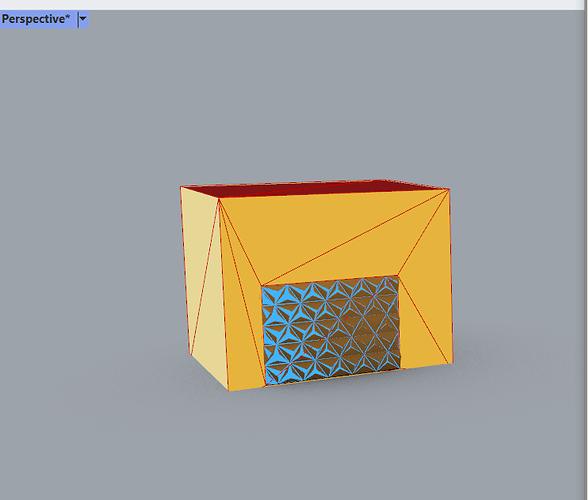Hello all,
im doing my thesis wich is about energy use assessment of mall applying parametric kinetic facade. i use a shoebox assembled with a parametric kinetic facade.
i want to know how i can simulate hourly the energy use of a building assembled with a parametric kinetic facade wich can change automatically based on sun’s movement. can you please guide me through this?
Hi @pariyaabasgholizade
for non-conventional dynamic shading you can not set a set-point to control the shading. if you want this you have to do it by EMS. and also in daylight simulation there is no any set point to control the dynamic shading but recently the dynamic workflow for radiance has been developed to simulate the dynamic object in terms of a annual schedule
What if i don’t consider parametric?
Should i use EMS again?
i think your question about parametric is a little bit strange. the dynamic shading has might a lot of states. if you want to control it in a real time you have to use EMS. but if you want to simulate each state in a specific period (for example annual) you can do it by LBT; in fact this is a parametric analysis.
i recommend to study EMS after that you can make a decision.
I wanted to know if using EMS is still necessary even if all of the modules are opened and closed simultaneously.
I’m grateful.
Hi Parya,
As you want to know the effect of the kinetic facade on the wall, you would better to take one day (24 hours) to simulate. Then you should take the kinetic facade as shading object. Try to keep your shoebox closed and only apply your kinetic facade on exterior side. Now you should simulate for 24 hours. When there is no sun, the facade is completely open and when the sun is direct the facade is closed… briefly if you can find the kinetic facade behaviour during one day, you can do 24 simulation for course of a day and you can see the results. You can compare your result with a scenario without kinetic facade. If you wanna make it more precise, you would better to chose 4 day during the course of a year to simulate ( typical season week days). Good luck.
I did this for three months, summer and winter.
For the three crucial days of the year, I shall follow your advice. I appreciate your explanation.
You need to create a relationship between the angle of solar radiation and the degree of opening or closing of the kinetic façade. For example, if the angle of solar radiation is x, the kinetic façade should be opened or closed by y degrees. Then, you do a daylight simulation to develop a lighting schedule so that artificial lighting can be controlled based on the value of openings in the kinetic façade. This way, the artificial lighting can be adjusted according to the position of the kinetic façade, leading to better energy efficiency.
I had same experience about your idea and in there is a especial rule for all of the so i show it in below picture
-Mohmmad
Yes, but how to determine a correlation between the sun’s angle and the sunshad’s opening and closing is beyond me.

